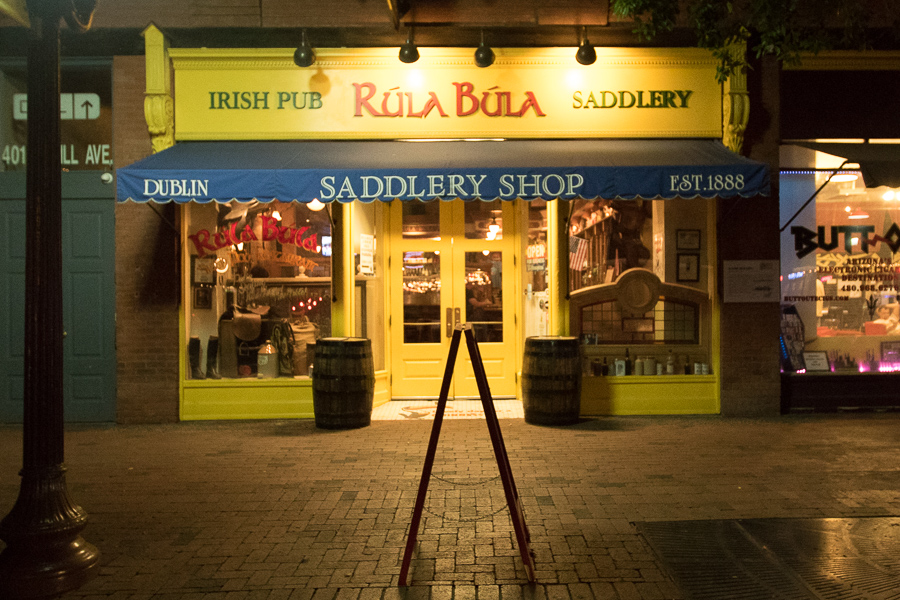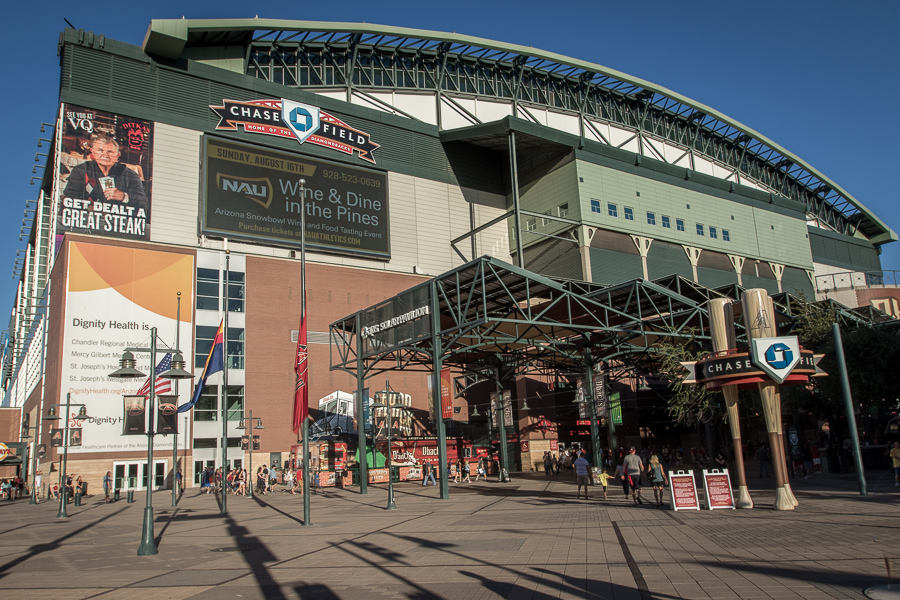After two of the remaining four diagonal runways at O'Hare close later this month, the airport is planning to experiment with alternate landing runways to reduce noise:
The city has developed a concept to rotate the designated "fly quiet'' runways at night to abate noise. Instead of planes flying over the same air corridors night after night, the rotation of runways — on possibly a weekly basis — would move the worst noise impacts from one community to another, aviation officials said.
The experiment would start, pending FAA approval, after diagonal runway 32 Right closes Aug. 20, officials said. Diagonal runway 32 Left, which is scheduled to close in 2019, would be among the runways used in the rotation during the interim, officials said, adding that numerous runway combinations might be applicable to help spread out the noise.
Only one arrival runway and one departure runway are needed nightly, officials said.
Even when only east-west runways are used late at night, air-traffic controllers will be asked to direct pilots to make turns when they reach the appropriate altitude after takeoff so that noise isn't restricted to communities east and west of O'Hare, officials said.
Runways 32R and 22L are hardly ever used anymore, so the closure won't really change current operations at O'Hare. But the opening of 28L at the south end of the airport will give visitors to Chicago an extra 15 minutes of taxi time, just like 27R provides.
At least it will be a little quieter in some of the adjacent suburbs. Sometimes.
Just some of the news stories I haven't got time to read this morning:
I will now continue doing tasks from two jobs ago while I think about things I'd like to do for my current job.
While in Phoenix, I took an unscheduled side-trip to Rúla Búla in Tempe:

The bar features prominently in Kevin Hearne's Iron Druid series, which one of my oldest surviving friends turned me on to about a year ago. In the series, the protagonist frequents the bar, including at one point to buy a shot for Jesus. (Yes, that Jesus, in one of the funniest scenes in the novels.)
Since I was only 18 km away, I just had to make a field trip. I did not, alas, have the fabled fish and chips, so I'll never know if they're better than the Duke's.
Why would anyone go to Arizona in July? A geas. On Friday I visited Park #26:

The trip also gave me a chance to take my 7D Mark II for a spin. Sitting 18 rows behind the Diamondbacks' dugout, I was able to get photos like this, no problem:

Let's take a closer look, yes? This is at ISO-3200, 1/500 at f/5.6, from about 100 meters away:

Cool, right?
More photos of the game and of my field trip to Tempe later.
Stuff I found on the Interwebs this week:
That's all for now.
During the first half of 2015, I took four trips, slightly fewer than the 22 I took in the second half of 2014. As of today I have four scheduled in the next three months—still not a huge number by historical standards.
This coming weekend I'm restarting the 30-Park Geas. Then from mid-August to mid-September I've got trips planned to downstate Illinois, London, and San Francisco, the last one to attend the Dreamforce conference.
It's still murder on my EQM numbers. It will hurt in 2016 if I can't somehow fly about 11,000 miles farther than I have planned through the end of 2015. Once you've gotten platinum status, you never want to go back.
The Atlantic's CityLab blog has a host:
Train stations in America span all the styles of architecture this nation has to offer. There’s the the gorgeous Italianate train station in Jackson, Michigan. The Amtrak station in Raton, New Mexico, is a beautiful example of Mission Revival. Even the humble lil’ train station in Mineola, Texas, has got some flair. Whatever you might think about Orlando’s train station, it no doubt looks historic.
The stations I want to talk about are not those train stations. These are not the Art Deco transit hubs that look like vintage monuments to the future, or the Spanish Colonial stations that summon visions of desperados waiting for a train. These are the other train stations—the ones that make you wish you’d left the house a little later so you’d have to spend that much less time waiting at the station.
Warning: truly depressing train station photos follow. And depression, according to a new meta-analysis, damages your brain. So after looking at these photos, go for a walk, and then write your member of Congress to restore funding to Amtrak.
As feared, last month was the wettest June on record in Illinois, and the second-wettest month of all time:
The statewide average precipitation for June 2015 in Illinois was 242.1 mm, based on available data through June 30. That is 135.4 mm above the average June precipitation, and the wettest June on record for Illinois.
In addition to being the wettest June on record, it is the second wettest month on record for Illinois. Only September 1926 was wetter at 244.4 mm – just 2.3 mm higher.
Meanwhile, in Chicago, it was the cloudiest June in all 122 years of records, in part because we're covered in Canadian wildfire smoke making everything a little hazy.
On the other hand, it got up to 35°C in London today—and they don't generally have air conditioning over there. Yow.
The Economist's Gulliver blog points out something opponents to Heathrow's third runway may have missed:
In Britain the long-awaited Davies Commission report on a third runway for London is set for release shortly. The main objections to new runways by locals is the additional noise they will suffer. But by the time any new runway gets built in a decade or more, much of the fleet serving London will have been replaced by these new planes that whisper rather than roar. Describing volume is tricky but Bombardier’s new CSeries, a small single-aisle short-haul jet, equipped with Pratt & Whitney’s geared turbofan engine, was barely audible at times during its flight at just a few hundred yards from the watching crowds. Boeing’s 787 Dreamliner (pictured) and even Airbus’s A350 and A380 also made far less noise than would seem possible. Critics will point out that the planemakers do their utmost to make these display particularly silent, nevertheless the results are astonishing.
The noise reduction from new technology is significant. In early jet engines, which were ear-splitting, all of the air was forced through the engine core in which combustion takes place. High bypass systems, with some of the air directed around the engine core, made engines quieter and more fuel efficient. The engine on the CSeries uses a gear, allowing the front fan to turn at a lower speed than the engine core, reducing noise further. The CSeries, 787 and A350, constructed from composite materials, are lighter than their predecessors too, which helps keep noise down.
My new place is directly under the approach path to O'Hare's runway 28C, which opened in October 2013. Residents along this flight path worried that the runway would generate tons of noise. As it turned out, it really didn't, principally because of these new technologies. (Also because landing airplanes make much less noise than departing airplanes.) Someday, I hope London gets another runway, and I hope that people realise sooner rather than later that it won't be nearly as bad as they fear.